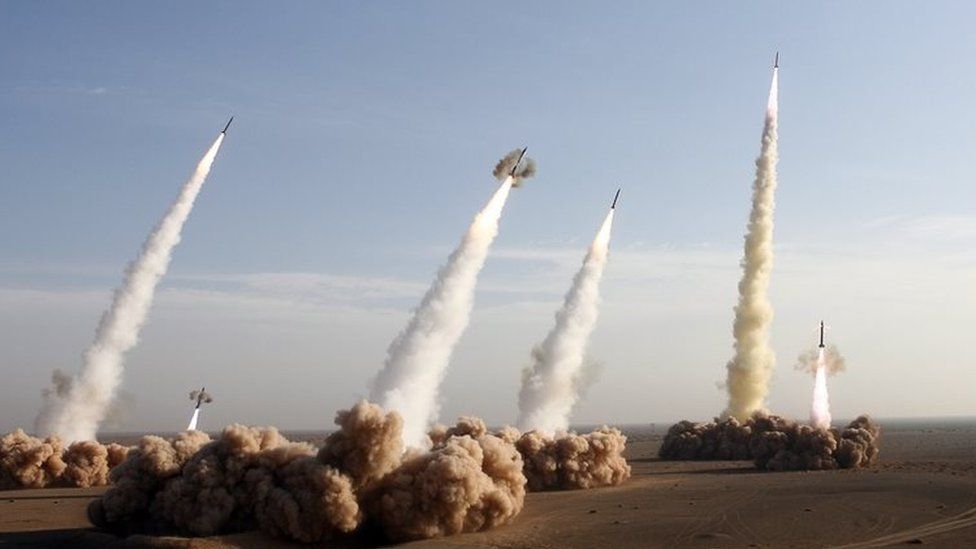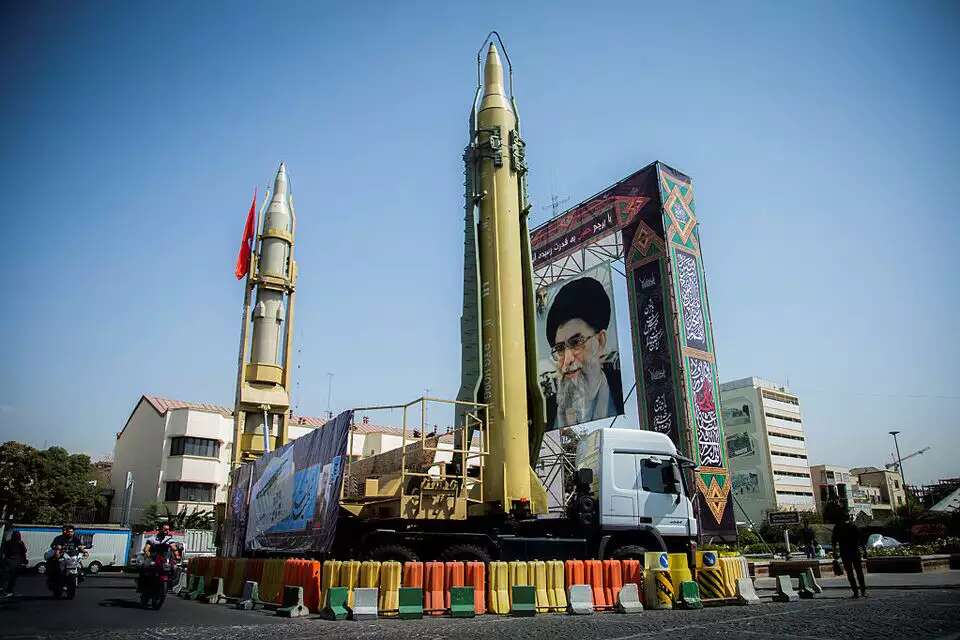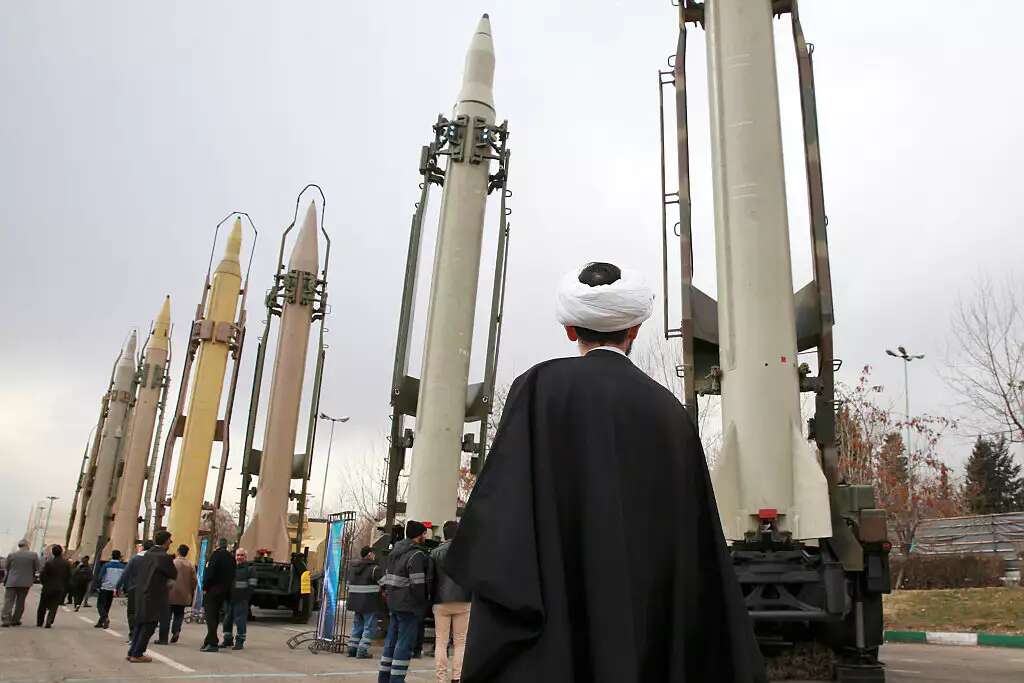Half of missiles fired during Iran's attack on Israel failed en route
A source involved in efforts to thwart Iran's plans for revenge claims that they decided to conduct tests before any actual attack due to the massive failure rates of missiles launched in the attack in April.
Ariel Kahana
Israel Hayom
Sep 10, 2024

The Western source explained that Iran decided to perform the tests before the attack itself, due to the high failure rates of the missiles launched in the major attack on Israel during the night of April 13-14. The senior source, who is not Israeli, confirmed reports from news agencies that about half of the missiles Iran fired that night failed to reach Israel.
"In the days following the attack, the Iranians believed Israel was lying and didn't believe that, aside from minor damage to the Nevatim Airbase, they had failed to hit Israel at all, and that their attack had essentially failed," said the Western source. He added, "It took them some time to understand what actually happened that night, and since then they have been in a learning process. After the elimination of Ismail Haniyeh, as part of their preparations for the new attack they wanted to launch against Israel, they conducted missile tests on their territory to assess their functionality and locate the issues."
He further added: "They are not the only ones learning from past mistakes. The U.S., Israel, and other coalition countries that thwarted the April attack are also assessing where they can improve and how to counter any future attack. The extensive American deployment in the Middle East, including two aircraft carriers, is part of this process."

The Western source shared his experiences from that night at his country's central command post, saying, "What we saw on the radar that night was an incredible sight. Like science fiction. At first, the drones were launched and were dealt with accordingly. But then, a few hours later, the ballistic missiles went up. At that moment, I asked myself if all the efforts put in by many actors to thwart such an attack, and all the preparations made in the weeks leading up to it, would pay off. And that's exactly what happened. Within minutes, you saw 'poof, poof, poof,' the missiles disappeared from the radar. It was unbelievable."

Ballistic missiles displayed to the public in Iran.
No comments:
Post a Comment